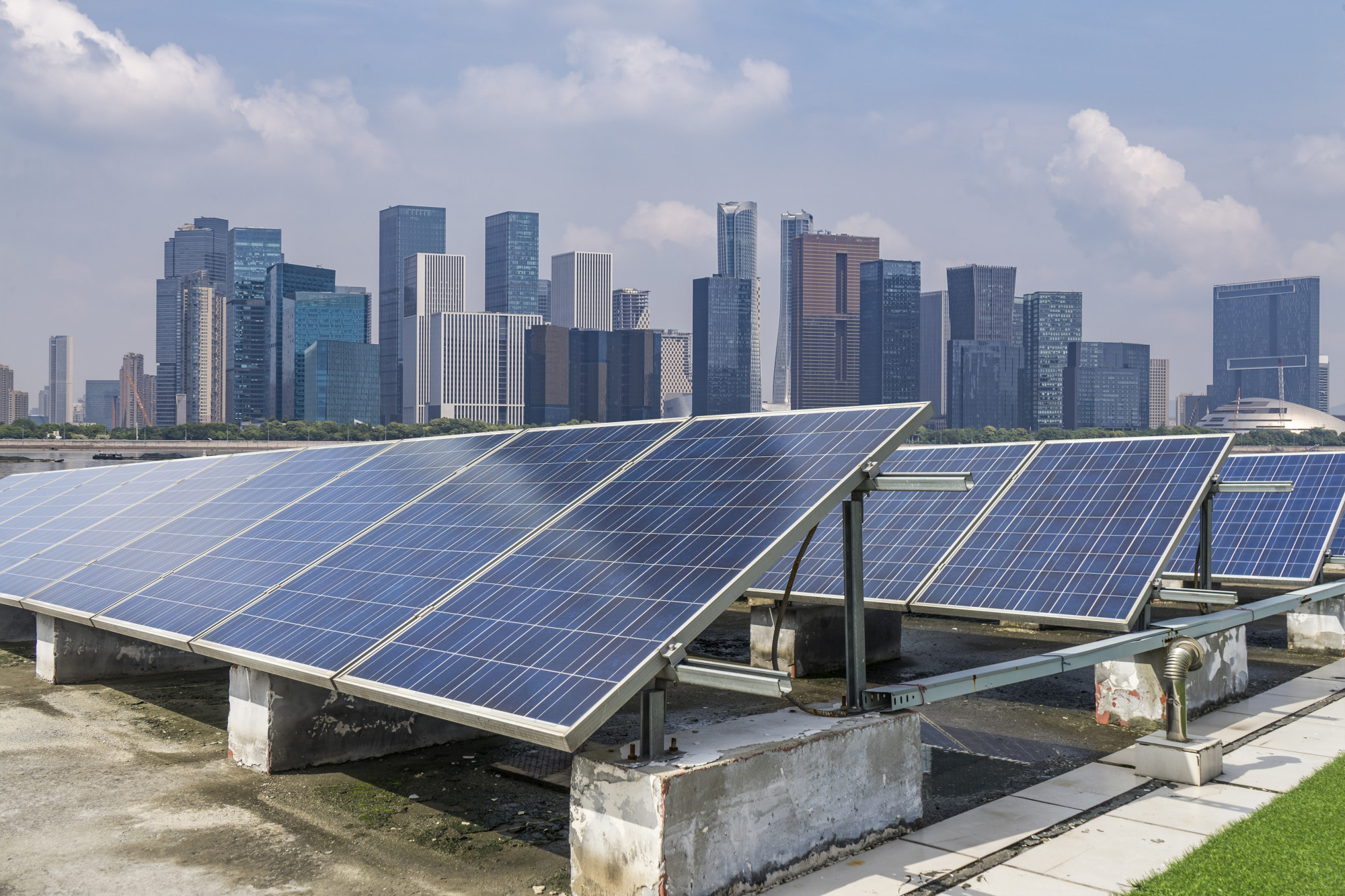Do you have a passion for clean energy and sustainable living? You may have even considered installing solar panels at your home. Or business to save money on your monthly bills or even turn a profit.
How do you choose where to live if you have solar panels in your home or business?
To take full advantage of the energy produced by your solar panels, you must live in a state that values and encourages clean energy growth. This article will outline the best conditions for solar power across the nation.
Contents
California
California has been a pioneer in solar power since the 1970s, when tax incentives and grants helped homeowners, businesses, and utilities adopt solar energy solutions. California ranks 1st in the country for total installed solar capacity — enough to power over 6 million homes and drive over 360,000 jobs.
With generous state-level financial incentives and plenty of available net metering, any Californian can benefit from solar power. The state’s net metering program is the most abundant in the country. It helps solar customers offset the cost of their systems with credits for the electricity they produce, allowing for even more significant savings.
New York
It has many solar resources and is an excellent opportunity to invest in the industry. The state boasts generous incentives and has one of the highest solar P.V. generations of any state in the United States. New York has implemented several reforms to make solar investment more accessible and attractive.
For example, NY-Sun, a ten-year $1 billion commitment to grow the state’s solar industry, has made solar more affordable for all consumers. The NYSE RDA’s NY-Sun Incentive Program offers discounted rates for small-scale installations. They are making it much easier for small businesses and homes to switch to solar.
Hawaii
Hawaii has some of the most abundant solar resources in the U.S., as its location near the equator gives it a surprisingly sunny climate year-round. The Hawaiian Energy Goals also provide a generous incentive for solar power. They are providing solar tax credits and other incentives for homeowners who generate power from solar energy.
Hawaii aims to be powered 100% by renewable energy by 2045. So the state is making great strides to reach this ambitious goal.
Hawaii’s rooftop and large-scale solar installations are among the biggest in the U.S., supporting its grid with renewable energy and helping to achieve this goal. Other programs offered by the state provide financial and technical assistance to those interested in investing in solar power.
New Jersey
It consistently ranks in the top 10 in terms of the capacity of solar photovoltaic (P.V.) installations, demonstrating its commitment to renewable energy. Solar-generated electricity prices in Garden State are very competitive compared to other states. They are making it attractive to businesses and residents interested in saving money on energy costs.
New Jersey also has an array of incentives for solar panel installation. Including solar tax credits, solar renewable energy certificates (SRECs), net metering, and more. With good natural solar year-round, New Jersey is perfect for taking advantage of solar energy.
Beyond that, the state boasts strong safety building codes and a strong track record for protecting the environment, making it an attractive choice for those looking to impact their planet positively.
Montana
It is one of the sunniest states in the U.S., with abundant sun year-round. Additionally, unless you are in the far southeast corner, the altitude is relatively low, which makes the air thinner, causing less interference in electromagnetic radiation from the sun. It makes Montana an ideal option for harvesting solar energy.
As of 2020, Montana solar incentives are generous and include one of the best net metering policies in the U.S., with customers being credited “full retail” for the energy they produce. Additionally, many federal incentives make solar energy in Montana an even more viable option for those looking to reduce utility bills and help the environment.
South Dakota
It ranks second in the nation in terms of solar power potential, with an estimated 16,000 megawatts of direct normal irradiance annually. Solar power systems in South Dakota pay for themselves relatively quickly, thanks to the investments. It was made by the local government, generous incentives from utilities and solar tax credits.
In addition, the tariff exemption for net metering allows residents. To connect solar energy systems to the utility and receive credit for excess energy produced. They can then use it to help offset the costs of their electric bills.
With plenty of bright sunshine and southern-facing roofs, South Dakota’s residential, commercial, and industrial solar capacity is expected to double quickly or even triple over the next few years.
Oregon
It has the perfect combination of location, climate, incentives, and policies to support the implementation and use of solar panels. Oregon offers outstanding solar tax credits as well as significant rebates. It also offers net metering, in which homeowners or businesses can sell surplus energy back to their local utilities.
Oregon also has extremely generous solar renewable energy certificates (SREC) available to anyone interested in setting up a solar energy system. The sunshine in Oregon is also above average and helps with solar energy production. The location of Oregon makes it an excellent choice for an investment in solar panel technology.
This company, the Blue Raven Solar website, provides a comprehensive guide to the best locations in Oregon for installing solar panels. Their experts are on hand to help those interested in switching to solar power in Oregon find the best system for their needs.
The Best States for Solar Power
The sunny states of the U.S. offer the best states for solar power. Many states have developed incentives, legal frameworks, and sunny climates from Florida to California to maximize solar potential.
Transitioning to solar power has always been challenging for homeowners and business owners. To get started on the path of solar energy, contact your local solar energy provider to discuss the benefits of solar power.
If you are interested in solar energy, finding ways to save, or any other information. Search our blog regularly. We update our content to keep you up-to-date.



